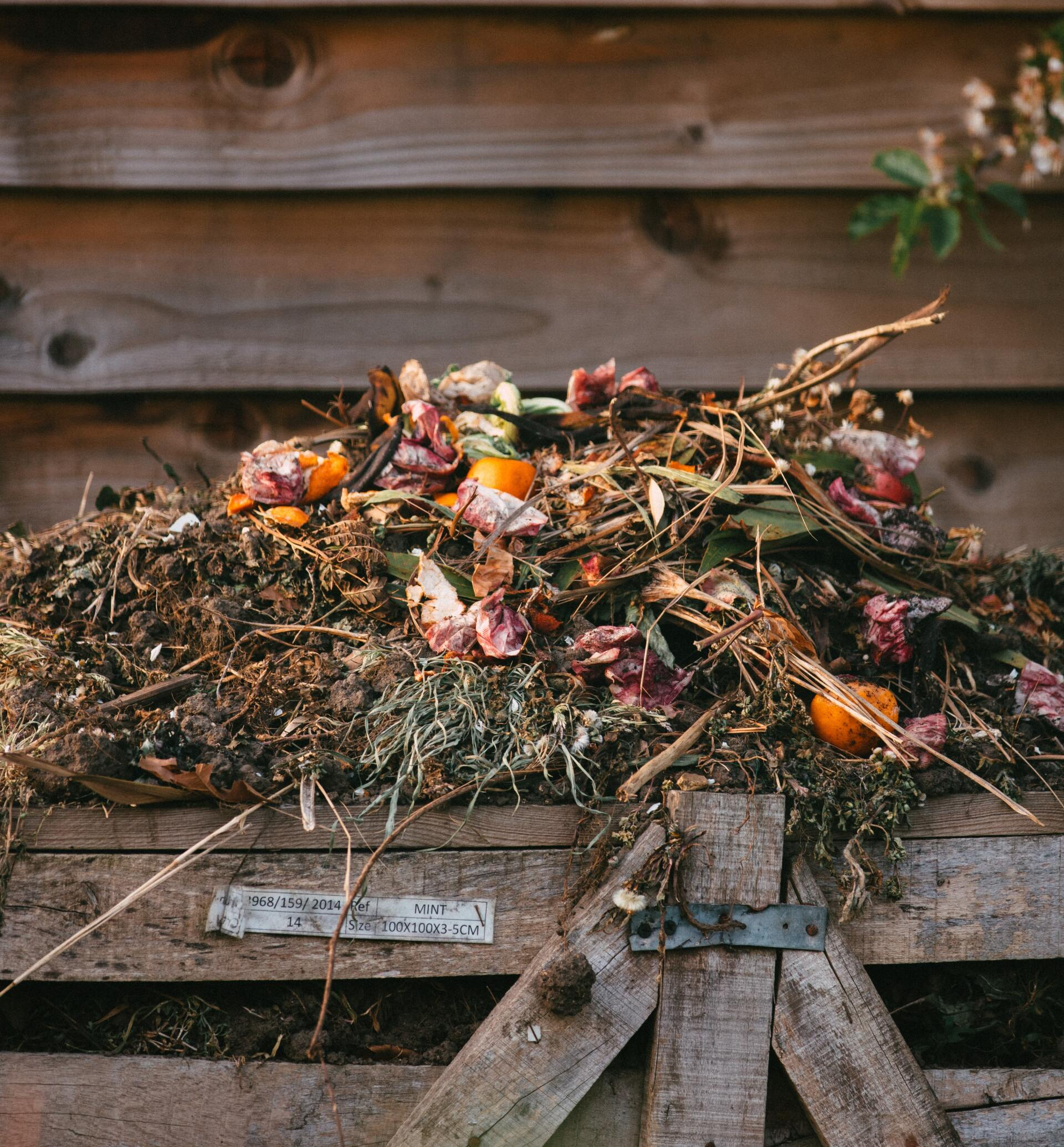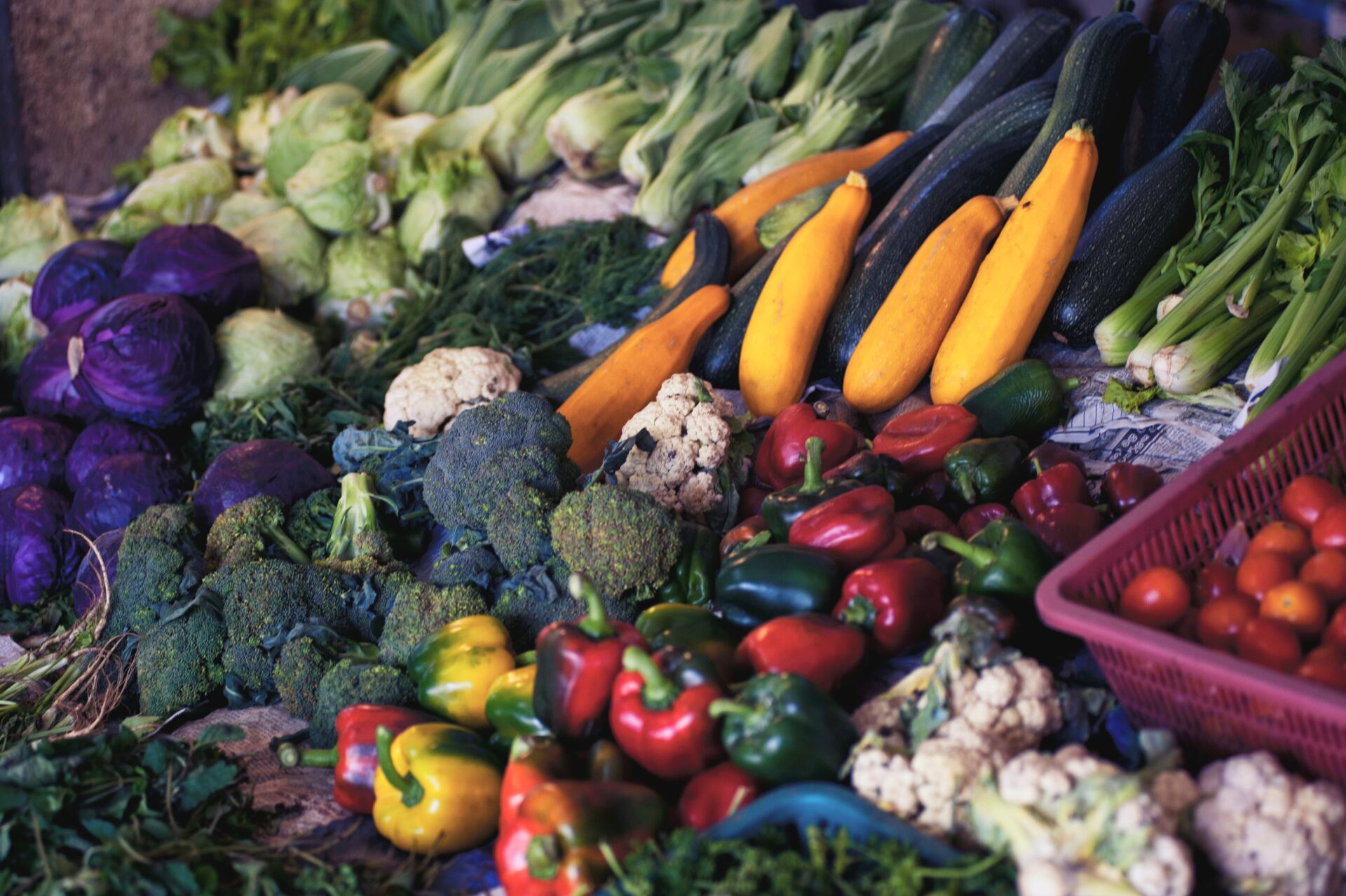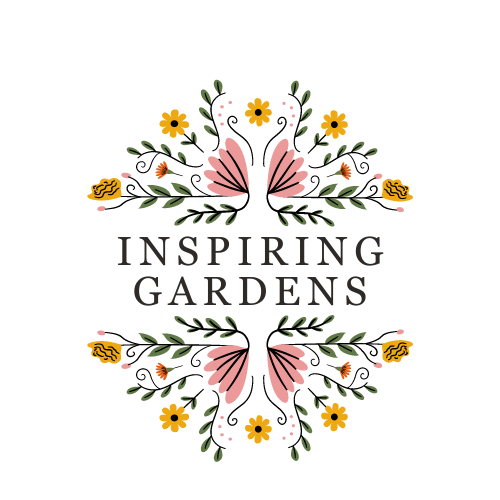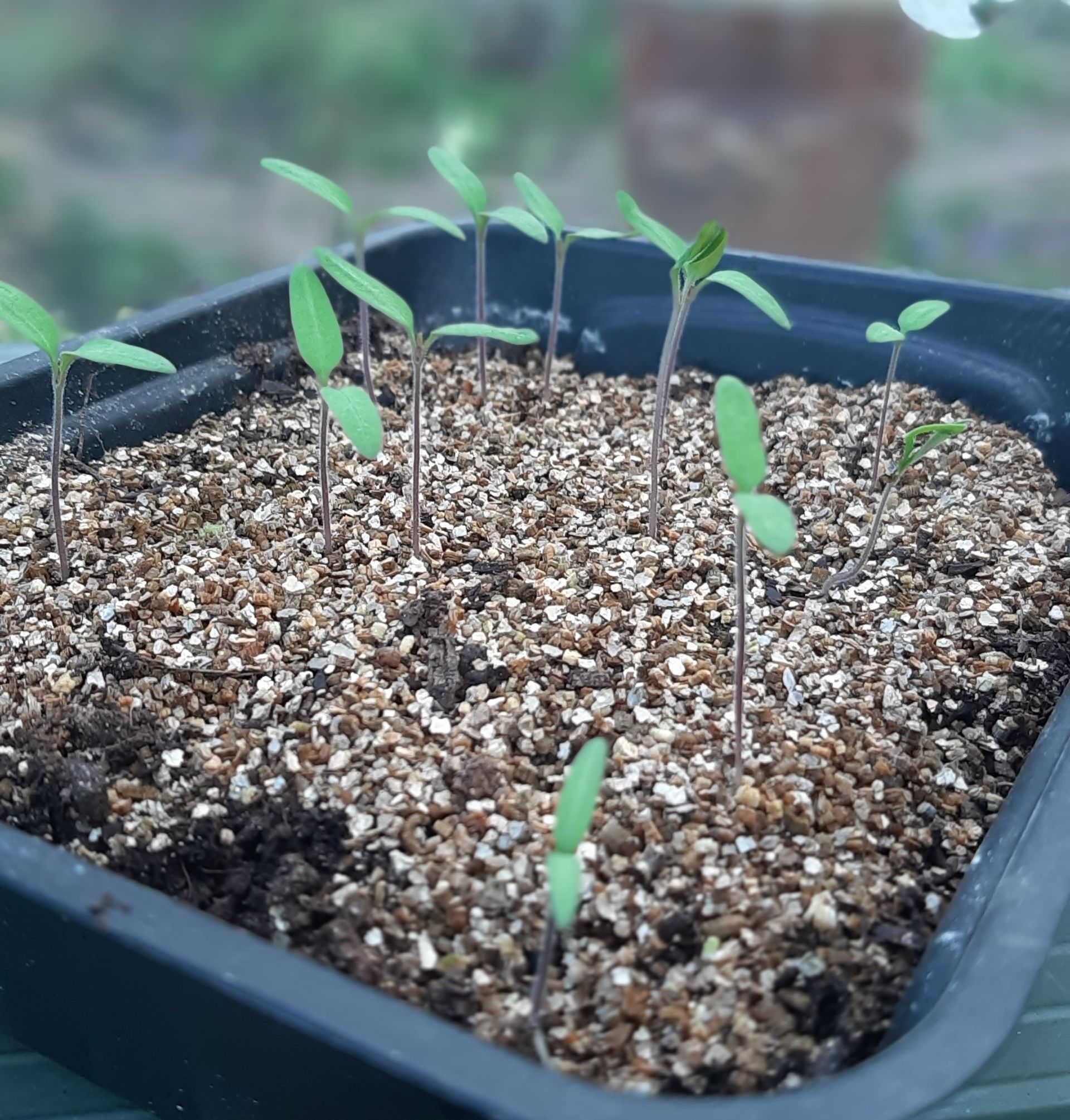Why Should We Use Peat Free Compost?
Catherine Joyce` • March 17, 2021
Preserving Peat Bogs and Helping the Planet
Let's look forward to spring for a minute and imagine you fancy planting up a container of bedding plants for the garden, or pot up a couple of tomato plants one Sunday morning. Off you go to the garden centre or nursesry (or, if you absolutely must, a DIY store) to buy a bag or two of compost. On finding yourself in "compost corner" surrounded by a lumpy mountain range of different sacks in piles of various types, which do you choose? Or is the question - which should you choose?
If you want to plant annual bedding or vegetables, you would need a multipurpose compost, which contains enough nutrients for about six weeks or so to feed the plants, and isn't too heavy. Having excluded the other sacks on offer (John Innes - made from soil, top soil itself, manure, decorative bark - all used for a variety of other purposes around the garden) you will still be left with a large selection of multipurpose compost from which to choose. It's at this point that I recommend that you search out the sack marked (hopefully clearly) "Peat Free". If it doesn't say this on the bag, the compost is extremely likely to contain peat and, quite frankly, it shouldn't.
So what exactly is peat? It is the result of plants decomposing in wetland conditions over hundreds of years. The layers of peat form at a rate of 1mm per year and some areas have taken 10,000 years to accumulate. The resulting sponge-like peat is a reservoir of carbon and water, but when the peat is dug out of the ground, it releases carbon into the atmosphere, which contributes to climate change. In addition, these wetland areas are a haven for plants and wildlife making peat bogs an extremely important element in the protection of the environment.
Peat has been used for many years in the horticulture industry because its sponge like formation holds water which makes growing plants easier, meaning plants need manual watering less often. As a result, almost all the multipurpose compost you used to be able to buy at the garden centre contained some peat. In recent times, as the impact on the environment of peat extraction became more widely understood, peat free alternatives have been developed by those concerned by the continued use of peat in large and small scale growing.
What alternatives can be used to make to ensure your compost is peat free? You could make your own compost at home, using household and garden waste. However this takes time and a lot of input waste to get a decent quantity of compost out. Making your own is, of course, an excellent thing to do in any case - you can use it in so many ways around the garden. If you wanted to buy readymade peat free compost there are a number of suppliers on the market such as Westland New Horizon, Melcourt Sylvagrow, Dalefoot and Happy Compost. These have a number of different constituents within them to replace the peat - for example coir which is made from ground up coconut shells as a by product from food and cosmetic processes, green waste from municipal recycling centres, bark or wood fibre from the forestry industry or even wool. The large DIY stores are also starting to sell their own branded peat free compost - make sure you check the packaging closely as it's not always clearly marked as 100% Peat Free.
There are two main complaints when it comes to changing to peat free compost in the garden - it can be difficult to find in your local garden centre or DIY store and when you do find some, it's usually more expensive. Manufacturers say that finding the raw materials in enough quantity to make peat free compost is more difficult and costly, the economies of scale aren't the same as for traditional compost. Coir is imported from tropical countries such as Sri Lanka, which adds to its cost, when compared to locally sourced peat. Composting green waste to an approved level to avoid contamination by weed seeds and plastics in the waste takes time, adding to cost.
Environmental groups and influential gardeners such as Monty Don, have argued for a ban on the use of peat at both the wholesale and retail level. Large garden centres are resistant to remove all peat based composts from sale to be replaced by more expensive peat free alternatives if they think customers are sensitive to the price. Each season sees more peat free compost in our garden centres and hopefully with enough understanding of the issue and customer demand, the future will see peat left exactly where it should be - in the wetland areas, quietly keeping that carbon locked away.
On a day to day basis, I use Melcourt Sylvagrow Sustainable Growing Medium as an all round potting compost. I sieve it (with a garden sieve, not the one I use for baking!) to get the bigger lumps out if I want to use it to sow seeds. I use it in all my container plantings and young vegetable plants. Sylvagrow doesn't use green waste and their exact recipe is top secret. I find it a lovely compost to use (they aren't paying me to write this!) and it is well recommended in the wider organic and grow your own communities. Like all peat free composts, you do need to pay attention to watering, the containers in which it is used may need watering more often than those with compost containing peat.
Feel free to contact me or comment below if you would like to know more about peat free compost and where to find it locally in North Somerset.

Its March 2021, and we are in Covid-19 related lockdown (again...). I have been busy in the garden, chopping plants which are looking past their best down in readiness for them to grow again. Some of the larger, woodier bits (you know who you are, Buddleia!) I put in my garden waste wheelie bin, or take it to the local recycling centre. My council, North Somerset, are soon to charge to collect green waste from our homes, and are suggesting that garden owners could compost their waste instead. Their website implies that composting could save me money (their charge, as well as not having to buy some compost I suppose), as well as give us the opportunity to boost our soil health by reusing the compost made on our gardens. I already have a small compost heap at home, a dalek style plastic bin at the allotment and a homemade wormery so I should have had all the equipment at hand to compost my waste. However, as with many things in life, its not quite as easy as the council website made it sound. What exactly is composting? It is the means by which organic matter is broken down by the action of worms to make compost, which can be spread on the garden to increase the organic matter in the soil, improving its health, keeping in moisture and suppressing weeds from growing. So, as the website said, I should be able to compost my green garden waste and not have to put it in the wheelie bin or take it to the recycling centre. So what is the difficulty? Well, if I just tipped the green waste I had cut down in my winter pruning and garden tidying into a big pile, some of it would break down eventually. Worms would probably find it (especially if I had piled it on a soily surface), but unless I had chopped up all the woody material into very small pieces, and added some green material like grass clippings (I've not quite got the lawn mower out yet) or vegetable peelings too - that pile, or heap, would take a long time - and I'm talking years - to break down. And even then, it might still have large twiggy bits in it, which isn't much help if you want to spread it on your garden beds. How can you compost your garden waste effectively, so that it turns into the super brown crumbly stuff your garden soil would love? 1. Firstly you will need to decide where to put your waste - even when composting correctly it can take up to a year to break down to be useable. Somewhere out of the way might be best - depending on what you use to put your waste in, compost heaps or bins aren't particularly attractive. Serious composting enthusiasts (yes, these people exist!) have 3 bins running at the same time: one for filling with fresh waste, one which is maturing or breaking down and a final one filled with compost ready for the garden. But if you can wait a year to use your compost, one bin will be OK, but two might be better - one to fill whilst the other is maturing. Ideally the heap or bin should be located on a soil surface so worms can get into it from below. 2. You can just pile up your waste in a heap, but that might get a little out control and messy. You can build a compost bin from old pallets, but you'll need to be able to empty it (and "turn" it too - more of that in a bit), so something with a removable front is best. The dalek style ones are reasonably priced - the council usually sell them for around £15. They have a little door at the bottom for getting the compost out, but I find it easier to lift the dalek off the ground to get at the whole heap. There are also lovely purpose built compost boxes, which look more attractive, but also cost more (around £100 or so). It's up to you. The compost bin should have a lid (or a covering at least) to keep excess water out and warmth in. 3. To make good compost out of your bin you need to put in a mix of green (soft) organic matter and brown (more woody) waste, at a ratio of roughly 50:50. Too much green leads to something g slimy and wet, too much woody material is too dry not decomposed enough. Green matter is grass clippings, fruit and vegetable peelings, tea leaves and soft garden waste. Brown matter is shredded (or chopped up very small) woody prunings from the garden, straw, ripped up paper and cardboard, such as Amazon packaging and toilet roll. Do not put any cooked food in a compost heap as it may attract rats and other animals. Alternative composting arrangements such as a wormery or bokashi bin can compost cooked food, but that's a blog for another day. Mix the greens and browns together when you add them. If its a bit dry, add some water to the brown material. 4. Every month or so you should "turn" the heap by using a garden fork to mix the whole pile so that the material is well combined. This can be tricky with compost in a dalek bin, so you may need to lift the dalek off, mix the heap and then put it all back in. You should see lots of red worms (called brandlings - they are smaller than earthworms) in the compost as you mix it - a great sign that the composting is going well. You can also buy worms to add to a heap which will arrive in a box in the post. However if you leave a heap for a while, the worms usually find you. Turning a heap is good exercise and a cup of tea is definitely required afterwards! 5. Eventually during one of your turning sessions, you will notice that the material inside the compost bin has turned to a brown crumbly material. You may still see the odd eggshell or piece of wood which will be fine. The compost should have a good earthy smell and is ready to be spread on the garden to feed the soil and suppress weeds. Usually autumn or spring is the time to do the spreading (called "mulching") but anytime the compost is ready it will be beneficial to the soil in your garden. I hope that was helpful if you decide to take the plunge and embrace the satisfaction that composting can bring. Feel free to comment below or contact me if you have any questions about composting - I love to talk about it! There is also lots more information on composting on the Garden Organic website https://www.gardenorganic.org.uk/compost

R esearch has shown that there is benefit to the planet and human health from consuming a plant based diet. Buying locally sourced, seasonal fruit and vegetables reduces the carbon footprint of the food we eat. Growing that food ourselves can also save us money. Growing fruit and vegetables without the use of heated greenhouses does limit the season that those foods are available; but growing a wide variety of crops will widen the choice through the seasons. Picking and eating only what you need requires no packaging and reduces food waste. Some fruit and vegetables are more valuable to grow than others, both from an environmental and financial point of view. Although tomatoes can only be grown over a summer season in the UK, tomatoes are easy to grow and will save you money. Some tomato varieties can be grown outdoors with no need for a greenhouse, and a couple of plants will allow you to be self sufficient in tomatoes from July to September. Other vegetables which are easy to grow and relatively expensive in the shops are salad leaves, spring onions, French beans, courgettes and herbs. It isn't necessary to have a large garden to grow vegetables - they can be grown very well in containers of all shapes and sizes. You may have some suitable containers already at home or we can supply fabric container bags which are light, reusable made from recycled materials and suitable for all garden sizes. Soft fruit is particularly cost effective as the plants are perennial, growing and producing fruit from the same plants year after year. A gooseberry bush bought for £5 could produce a yield of 4.5kg of fruit - equivalent to £40 of shop bought gooseberries. Raspberry plants have a similar cost and as there are both summer and autumn fruiting varieties, lengthening the season for picking fruits. A cherry tomato plant might only cost £2 to grow from seed (including the seed, compost, feed and pot), but could yield 4kg of fruit per plant, equivalent to 16 250g punnets of tomatoes costing around £1 each in the shops (for the non-organic variety), but if you grew without the use of pesticides in peat free compost your tomatoes would be closer to the organic ones, at £2 per punnet. A bag of salad leaves costs around £1, if you used 2 bags for much of the summer season that would cost around £34. Three or four packets of seeds could provide the same amount of salad leaves for only about £6. Other high value vegetables which are easy to grow, but quite pricey in the shops are spring onions, French beans and courgettes. So what are you waiting for? Sow some seeds, taste the results and feel the achievment.

It has certainly been quite a year. I don't think any of us could have imagined at the beginning of the year the events that were to unfold and how we would have to cope with the many twists and turns, ups and downs, hopes and fears. However differently many aspects of our life have been this year, those of us who grow plants have had the reassurance that mother nature is always there around us - a constant rhythm. The days get longer and warmer, then shorter and colder just as they do every year. The sun sets at the end each day and rises without fail in the morning (it really does, believe me, even if you can't see it through the weather!) There is a comforting satisfaction in knowing that this blue and green planet travels round our sun - a constant when everything else seems chaos and uncertainty. The calendar year is about to end, and today is the winter solstice. Its a day so grey and wet I can't see the sun rise or set, but the date is a constant and it marks a turning point. We will turn a corner. The days will slowly become longer, and nature takes notice. Plants, seeds and bulbs, lying dormant, will begin to show signs of life again. We hope that this renewal and the start of another natural cycle in the spring will reflect in our human lives as well. The development of vaccines may help us emerge from the dark days of sickness, fear and death and towards health, wealth and happiness. The human race is resilient and resourceful. Alongside we can take comfort in the hope of a new year and the awakening of nature.

